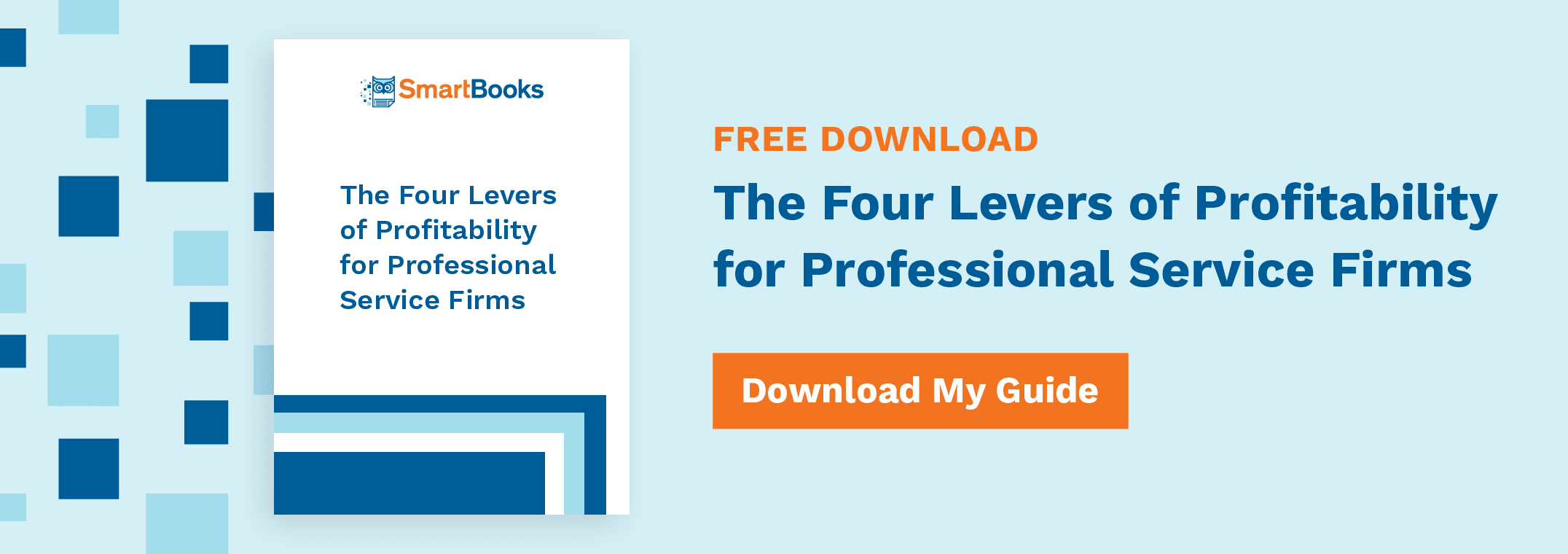Business Budgeting 101: Planning, Creating, Forecasting & Analysis

For many business owners, business budget planning falls into the category of “no fun.”
This isn’t necessarily because the business budgeting process is difficult. Rather, it’s because many business owners don’t understand the steps to effectively create a business budget and how to analyze the data.
Here, you’ll get an easy-to-understand primer on the business budgeting process, including planning, creating, forecasting, and analysis.
Why Plan a Business Budget?
Business budgeting and forecasting helps you plan out your business’s expenses, allowing you to anticipate how and where your money will go over a period of time.
By taking the time to create a business budget, you can better anticipate future expenses, and get a better idea of how your company is handling its spending. This information can help you make decisions that are better for your bottom line. Over time, budgeting can help your company reach its goals.
Creating a Business Budget
Creating a business budget doesn’t need to be complicated. It’s easy to create a template for yourself with the following information:
- Estimated Income: This is the total amount that you think you might make in a given time period, without any deductions for expenses or production costs.
- Fixed Costs: These are the regular costs that you can anticipate: utility bills, rent, salaried employee payroll, etc.
- Variable Costs: These are costs that could go up and down based on your production. They might include additional labor, supplies, or shipping/handling costs.
- One-time Costs: These are single-time expenses that you don’t anticipate on a regular basis. For example, this could include new office furniture or machinery.
- Cash Flow: This is the amount of cash coming into and out of your business during a time period.
- Profits: This is the amount that you’re taking home after all of the company’s expenses.
You can start by making a spreadsheet with a row for each entry. To begin, create a column where you forecast what you anticipate these amounts to be for a set period of time (monthly is a good starting point).
Then, at the end of the period you’ve set, compare the actual expenses to your initial numbers.
Forecasting a Business Budget
Here’s a great question: if you’ve never created a business budget plan before, how can you forecast the numbers for your first budgeting session?
One starting point is to look at the same time period from a year ago. Or, if your business is new, you can look at comparable businesses to anticipate these expenses.
Your first forecast numbers may be off, but as you continue budgeting over months and years, you’ll have data on hand that will allow your projections to become more accurate.
Analyzing a Business Budget
Business budget analysis is the process of evaluating the data that you begin to collect. By looking at your projections compared to the actual expenses, you can begin to analyze your company’s income and spending.
Armed with this data, you can begin to make changes that can improve your business, allowing you to cut unnecessary costs and focus on how to improve your profit margins.
Let’s Get Down to Business!
Business budget plans might not be glamorous, but they can have powerful effects on your company’s bottom line.
Get more tips to improve the financial results in your business.
